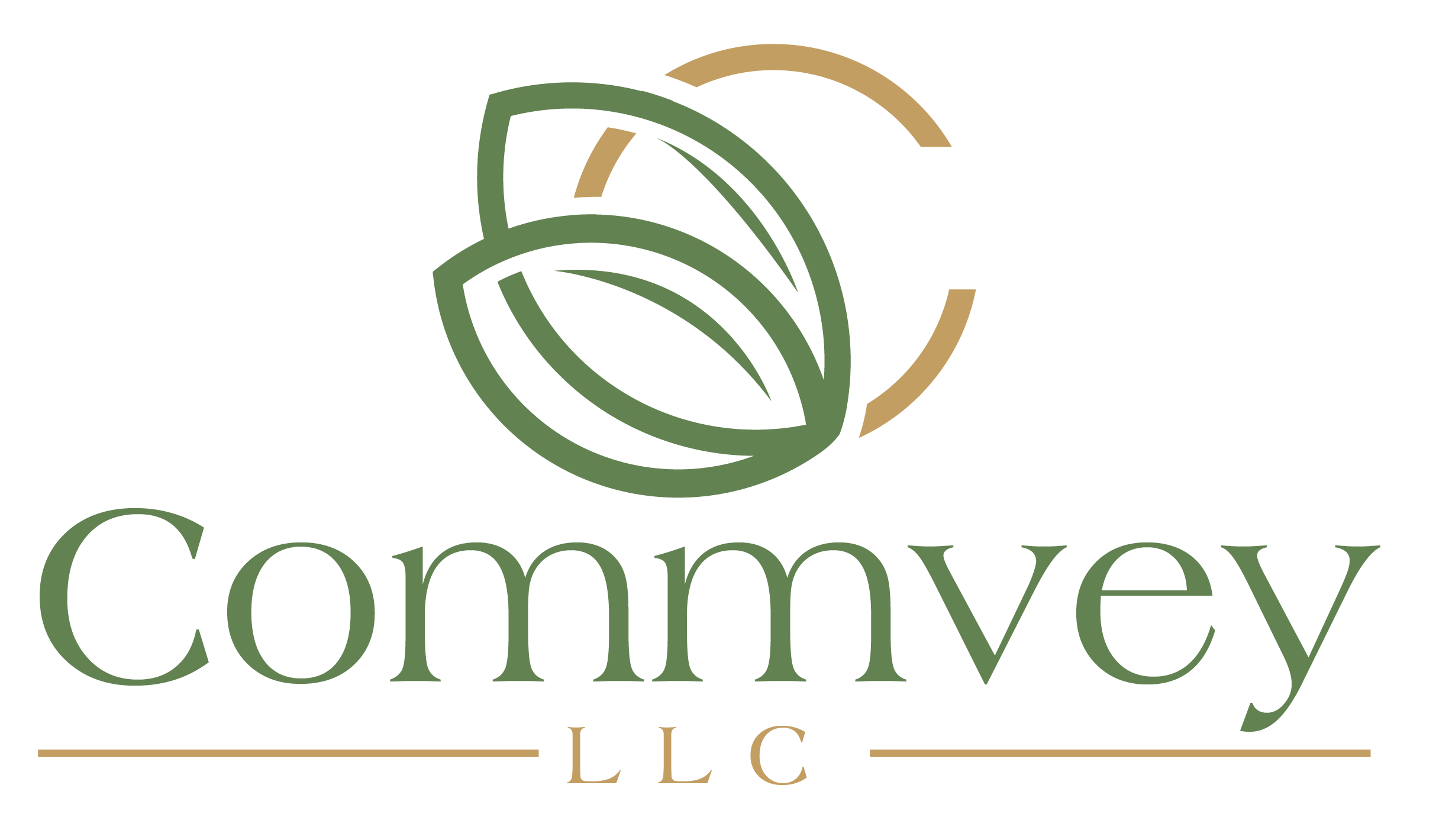Schedule a level-setting conversation with your team and ensure that everyone is available for the conversation. Establish a flow after prioritizing the most crucial discussion points. Be patient and take time to let the conversation progress naturally. After the meeting, make sure to prepare action items and follow-up tasks. Set expectations that professional development is an important topic for all team members.
It’s common knowledge that talks can be awkward, especially when touchy subjects like setting expectations are involved. But ignoring these conversations can make things even worse. To ensure that you have a healthy and high-performing team, it’s essential to have these necessary, but potentially uncomfortable, conversations with your team. So how can you engage in successful and fruitful level-setting conversations?
How to prepare for the conversation:
- Set dedicated time aside to not only schedule but also plan and prepare for these conversations. Consider the optimum time for everyone on the team to be available when choosing the day and hour. Make sure to schedule the conversation at a time that will be convenient for the entire team, for instance, if certain team members work remotely or only mornings/afternoons.
- Establish a flow after prioritizing the most crucial t discussion points to make sure that everything is covered promptly.
- Make a note of items that need to be addressed during the conversation, as well as the issues that must be followed up on after the discussion is complete. This will help you stay on track and ensure that everything is addressed during the conversation.
Having the Conversation:
- Create a space for open communication. It is crucial that everyone engaged understands that suggestions and ideas are encouraged, but they are also treated with respect and decency.
- Contextualize and communicate your aims. Any session should ideally begin with a summary of what was previously discussed.
- If you need to update the team on any new information, be sure to share it. When you communicate updates or changes, ensure that the information is clear and easy to understand. To ensure that everyone understands why changes are being made, provide information about the changes and their justification.
- It’s important to remember that not everyone is accustomed to having these types of conversations. Allow for grace, as the first couple of exchanges will be a bit rocky. Be patient and take time to let the conversation progress naturally.
After the conversation:
- As soon as the meeting is done, make sure to keep a note of all important information that was discussed and, as necessary, distribute it to the entire team. This will make sure that everyone on the team understands what was said during that conversation and can refer to the details later if necessary.
- Identify action items and follow-up tasks that were discussed in the meeting and assign them to members of the team, as appropriate.
- Verify that all of the things on your checklist have been handled by going over them again after the meeting to be sure.
- Provide any support that was requested during the meeting, it is important that everyone’s needs are being met and supported throughout the organization. One of the things I always ask when meeting with my team is “what support do you need from me to make these plans a reality?” If they don’t know the answer, it will provide you an opportunity to make some suggestions or provide input on their action plan.
It is impossible to overestimate the significance of professional growth for level setting and success. Be sure to include these topics in your training and set expectations that professional development is an important topic for all team members on an ongoing basis. If you have trainings and professional development you will always know that the team is in the same manner across the board in their understanding of how these tools and systems work and how we can use them to improve our workflows and processes. This is a crucial foundation for keeping institutional knowledge growing. Our collective understanding will grow as we learn about new tools and strategies together and create a space for open conversations and understanding on topics that might otherwise be avoided or awkward to address.
With the help of all these suggestions, you’ll be able to position your team for success by ensuring that they are aware of their responsibilities within the company and what has to be done to advance the achievement of their objectives. If your team is successful, they will also be more content and productive. Trusting and empowering your team members will help them feel like they can take responsibility for their roles and tasks and take pride in the work they accomplish.
Want to learn more?
Schedule time with us


